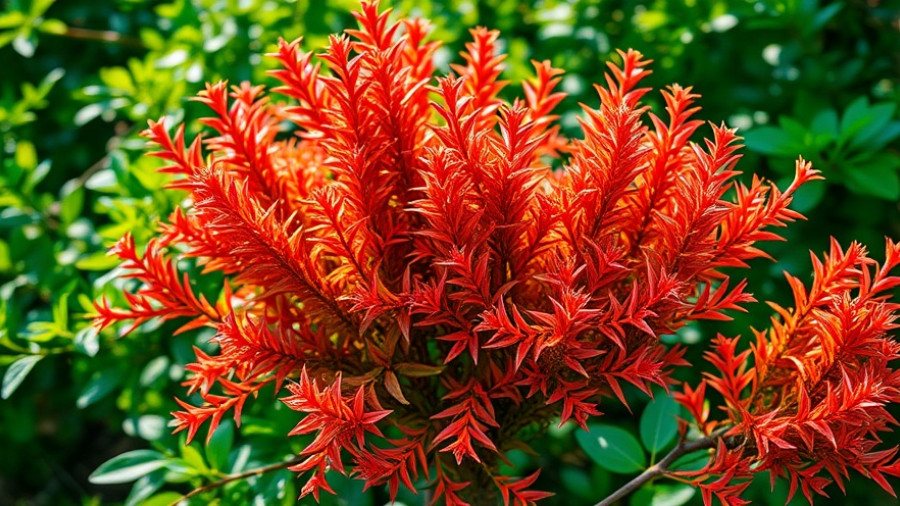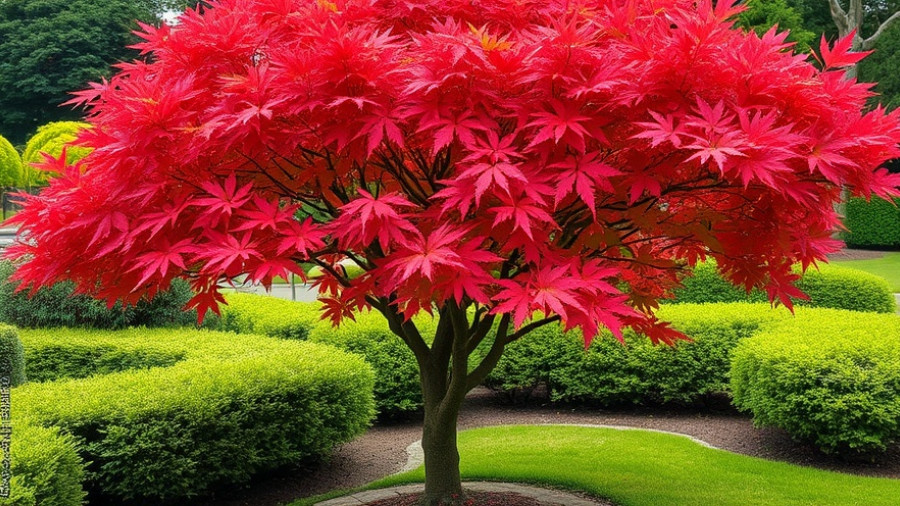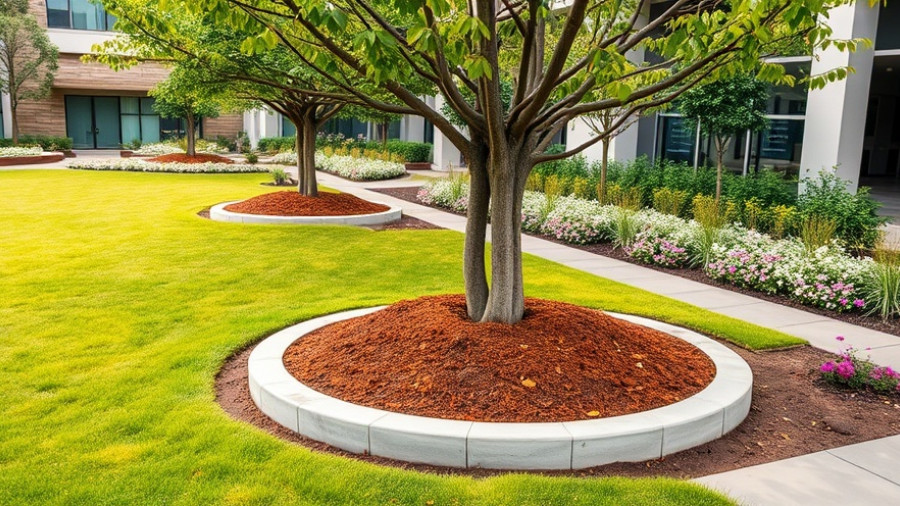
Transforming Your Front Yard: Easy Tips for Curb Appeal
When it comes to enhancing your home’s exterior, the front yard plays a crucial role in creating a lasting impression. Bobby Cam, a professional landscape designer, reveals some fantastic tips for achieving a stunning front yard transformation in his video, BE DIFFERENT! Easy Tips for Your Front Yard. From the intricate design of flower beds to the careful selection of hardscaping materials, here’s how you can lift your front yard from ordinary to extraordinary.
In BE DIFFERENT! Easy Tips for Your Front Yard, Bobby Cam shares valuable insights into creating a stunning front yard, which inspired us to delve into practical tips for enhancing your outdoor space.
Curvy Flower Beds: The Secret to Curb Appeal
One of the standout strategies Bobby emphasizes is the use of curvy flower beds. Curves in landscaping can create a more inviting and dynamic look, framing the entire yard beautifully. These curvy flower beds not only add character but also draw the eye in, enhancing the overall aesthetic of your home. Consider mixing vibrant colors—think purples, greens, and yellows—to add visual interest and allure to your front yard. The key here is balance; you can intersperse your flower beds with lush green pathways for an engaging contrast.
Hardscaping That Complements Your Home
Integrating hardscaping into your front yard design is just as important as planting. Bobby suggests selecting materials that resonate with your home’s architecture. For instance, using cobbles can create a sophisticated yet rustic look, while paver patios offer a more contemporary feel. The right paver, matched with the house’s color palette, can tie the entire landscape together, making your entrance eye-catching without overwhelming your space.
Lighting Up Your Investment: Landscape Lighting Ideas
Investing in outdoor lighting can elevate your front yard, enhancing safety and aesthetics. Bobby advises choosing lighting that complements the architectural features of your home. Copper lights paired with similar fixtures create a harmonious effect, spotlighting your curvy flower beds and pathways at night. This magical touch not only transforms your yard but also extends the usability of your outdoor space into the evening hours.
Creating Pathways for Easy Navigation
When designing your front yard, consider the flow of movement. Bobby notes that pathways should not only be functional but also visually appealing. Instead of narrow strips, broaden your walkways to create a welcoming entrance. This could mean hourglassing your walkways for an elegant appeal, making visitors feel more at home the moment they arrive.
Looking Forward: Trends in Yard Design
As outdoor living spaces continue to gain popularity, it’s essential to keep emerging landscaping trends in mind. Incorporating eco-friendly elements into your design can not only enhance your property but also support local ecosystems. Consider installing rain gardens for better yard drainage, using native plants that require less maintenance, or opting for a fire pit to create a cozy outdoor gathering space in your yard.
Practical Tips for Front Yard Success
For those eager to embark on a front yard transformation, Bobby’s final words inspire action: create, and never stop dreaming about your outdoor oasis. Whether it's through detailed garden planning tips or learning about low-maintenance landscaping ideas, you’ll find that the journey to a stunning front yard is both achievable and rewarding.
As you consider changes to your front yard, remember that every detail counts—from the color of your plantings to the type of lighting you choose. So grab a notebook and start jotting down your ideas for a beautiful transformation that will have your neighbors admiring your home all year round!
 Add Row
Add Row  Add
Add 




Write A Comment